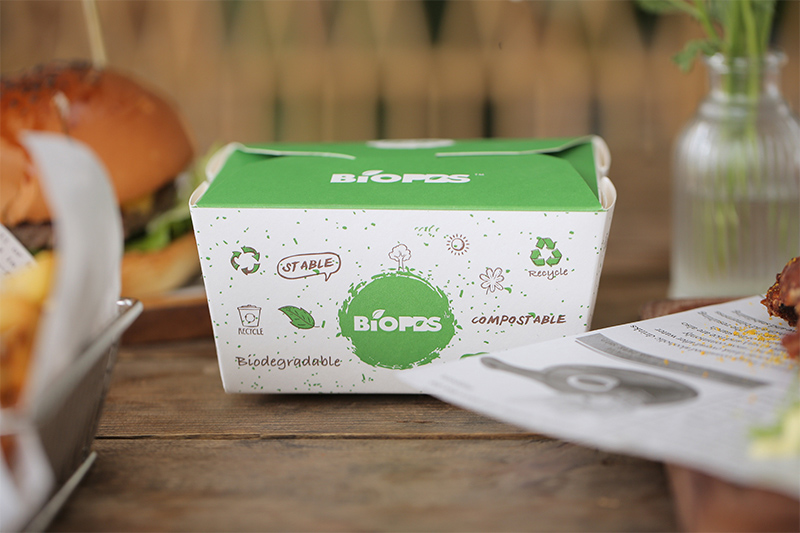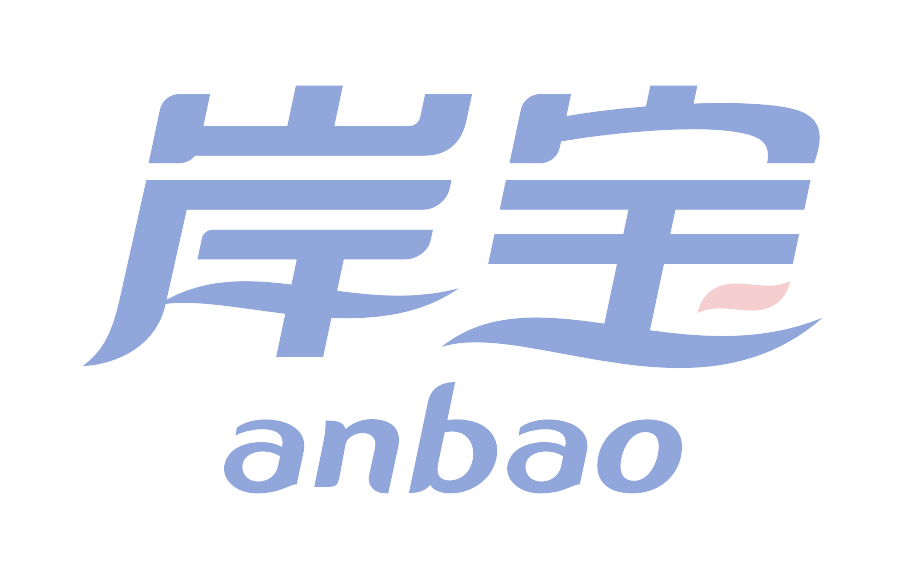
In the dynamic tapestry of contemporary life, where speed and convenience often dictate our choices, the take away box emerges as an unsung yet indispensable element of modern culinary culture. This seemingly simple container has transcended its humble origins, evolving into a sophisticated fusion of engineering, design, and sustainability. It serves as the silent sentinel of food quality during transit, a canvas for culinary expression, and a crucial player in the global conversation about environmental responsibility.
The journey of the take away box is a story of relentless innovation driven by the need to preserve the integrity of food. Early versions were rudimentary, often crafted from basic materials like paper or simple plastics, primarily focused on the practical aspect of holding food. However, as consumer demands grew more exacting and the food delivery industry burgeoned, so did the complexity and sophistication of these containers.
Today’s take away boxes are masterpieces of engineering, meticulously designed with a plethora of features to ensure optimal performance. Thermal management lies at the heart of their functionality. For hot dishes, insulated walls, often constructed from materials like foam or vacuum-sealed layers, create a thermal barrier that retains heat, ensuring that a piping-hot curry or a freshly baked pizza arrives at its destination with the same warmth and flavor as when it left the kitchen. On the other hand, for cold items such as salads or desserts, boxes incorporate cooling elements or are designed with materials that resist temperature transfer, maintaining the crispness of greens and the creaminess of desserts.
Leakage prevention is another critical aspect of take away box design. Advanced sealing mechanisms, including interlocking lids, silicone gaskets, and precision-fit compartments, work in harmony to prevent sauces from spilling and ingredients from mixing. This not only preserves the aesthetic appeal of the meal but also prevents the inconvenience and mess that can occur during transportation.
Beyond functionality, take away boxes have also become a medium for aesthetic expression. The exterior of these boxes serves as a canvas for culinary establishments to showcase their brand identity and creativity. Intricate patterns, vibrant colors, and engaging graphics transform the box from a mere container into a visual delight. Some designs draw inspiration from cultural motifs, adding an element of storytelling and connection to the dining experience. For example, a box adorned with traditional Japanese patterns can enhance the anticipation of enjoying sushi or tempura, immersing the consumer in a cultural experience even before opening the box.
In recent years, the environmental impact of take away boxes has come under intense scrutiny, driving a significant shift towards sustainability. The industry has witnessed a surge in the development and adoption of eco-friendly materials. Biodegradable options, such as those made from plant-based polymers, corn starch, or recycled paper, are increasingly replacing traditional plastics. These materials break down naturally over time, reducing the burden on landfills and oceans. Additionally, some innovative designs focus on creating reusable or collapsible boxes, encouraging consumers to participate in reducing waste by returning or repurposing the containers.
The take away box has also played a pivotal role in redefining the concept of dining. It has blurred the boundaries between restaurant dining and home consumption, enabling people to enjoy restaurant-quality meals in the comfort of their own homes, at the office, or even during outdoor adventures. It has become an essential part of the sharing economy, facilitating communal dining experiences as friends and families gather around a collection of take away boxes filled with diverse culinary delights.
In conclusion, the take away box is much more than a vessel for carrying food. It is a symbol of human ingenuity, a testament to our ability to balance functionality, aesthetics, and sustainability. As our lifestyles continue to evolve, so too will the take away box, undoubtedly adapting to new challenges and opportunities, and remaining an integral part of our culinary landscape for years to come.


